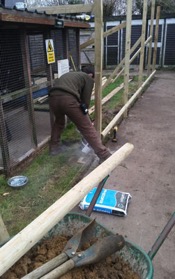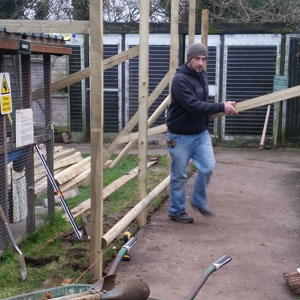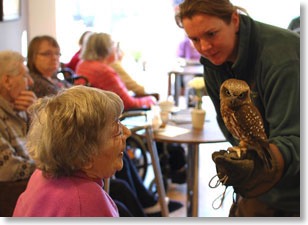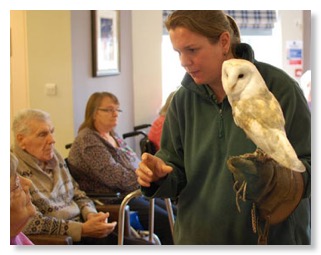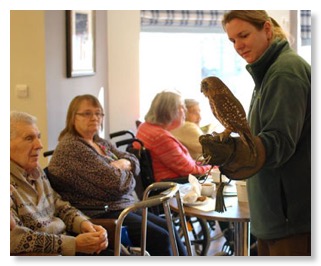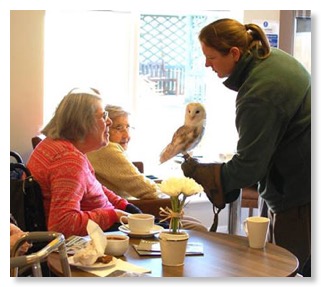Although most admissions to the Suffolk Owl Sanctuary raptor hospital are injured wild birds brought in by members of the public, referrals from local vets are also responsible for a proportion of patients.
Early in February a dazed Barn Owl was brought to us by the Oakwood Veterinary Group from Norfolk - an adult male owl had been taken to there by a motorist who had been driving in the area. He had been following another car which had hit the owl, but had not stopped - an avian hit and run!
The motorist was able to pick the owl up without any problem - a sure sign that all was not well - and took it to the vets for treatment, whose assessment was that the owl had been extremely lucky to have been just hit a glancing blow by the car.
No damage had been done to its wings - the usual compromising injury - and its legs also looked to be in good condition. The owl was obviously stunned, which is why its close examination was relatively easy, but would recover quickly with rest, food, peace and quiet.
After an overnight stay “on the ward” at the vet’s, the casualty was brought in to us for a period of recuperation. The special enclosed aviaries we have here offer the perfect environment for recovery and after two weeks of food and rest without fear of predators, the owl was ready to be released back into the wild.
Thar she blows! - whilst Liz took a buffeting on a particularly windy day, at least the Barn Owl got off to a flying start as he was returned to the wild.
Unfortunately, the owl’s rescuer was not local, but a travelling sales representative from Devon, so he was unable to take part in the release himself. However, he was able to relay very precise directions as to where the bird was found to the sanctuary’s falconry team, ensuring that the bird was returned to its own territory, exactly where it had been discovered.







